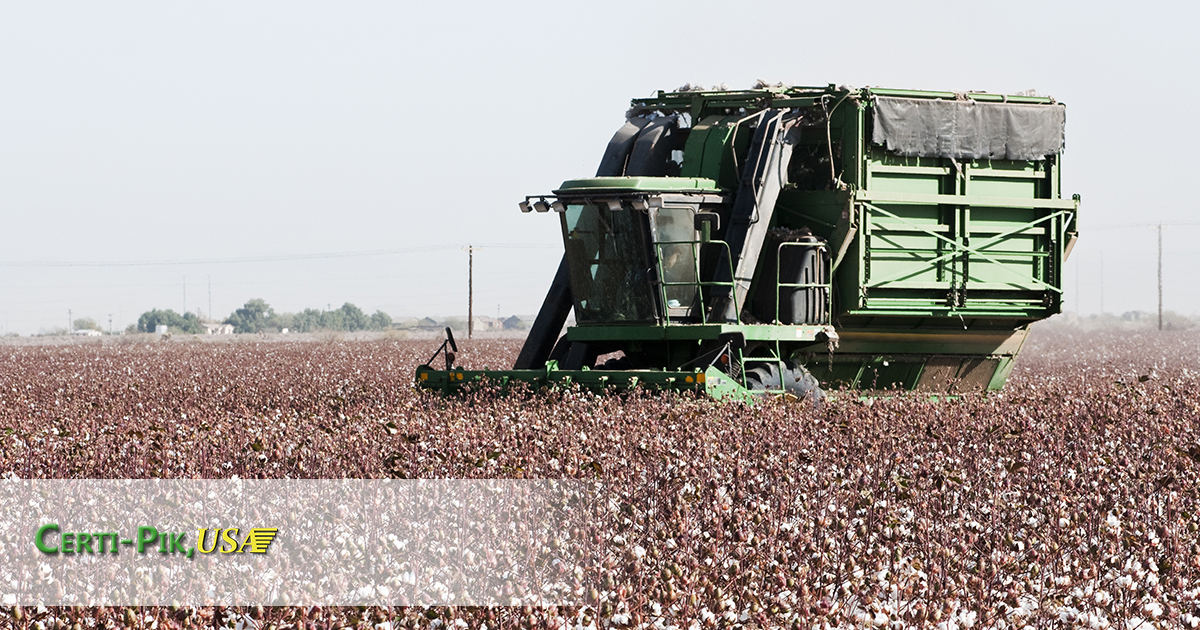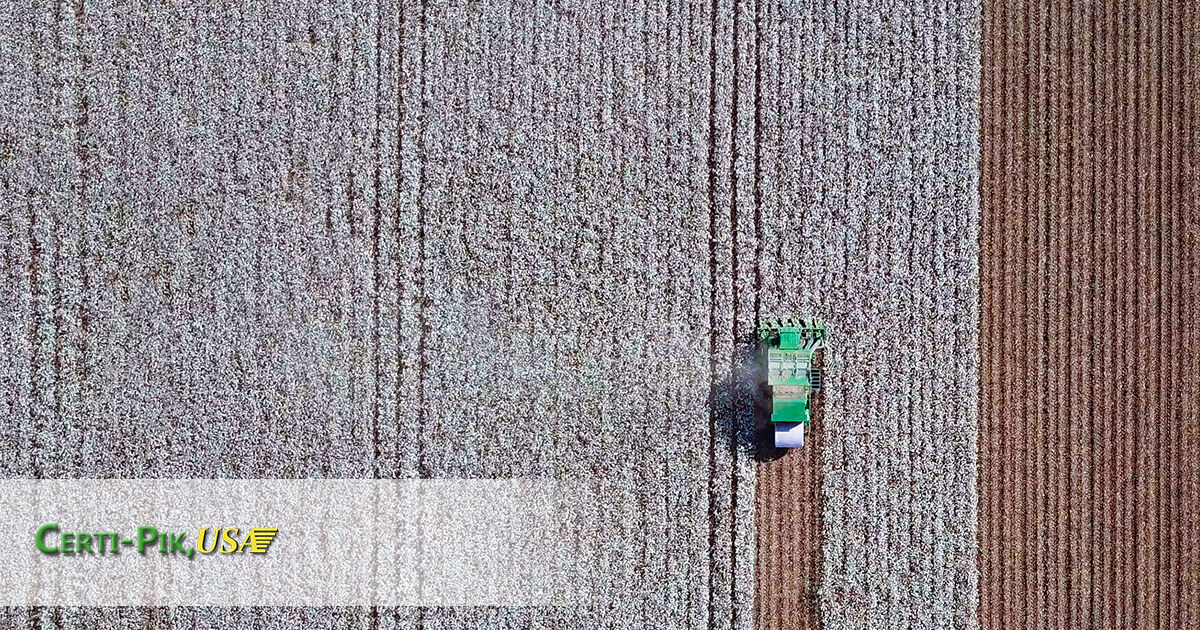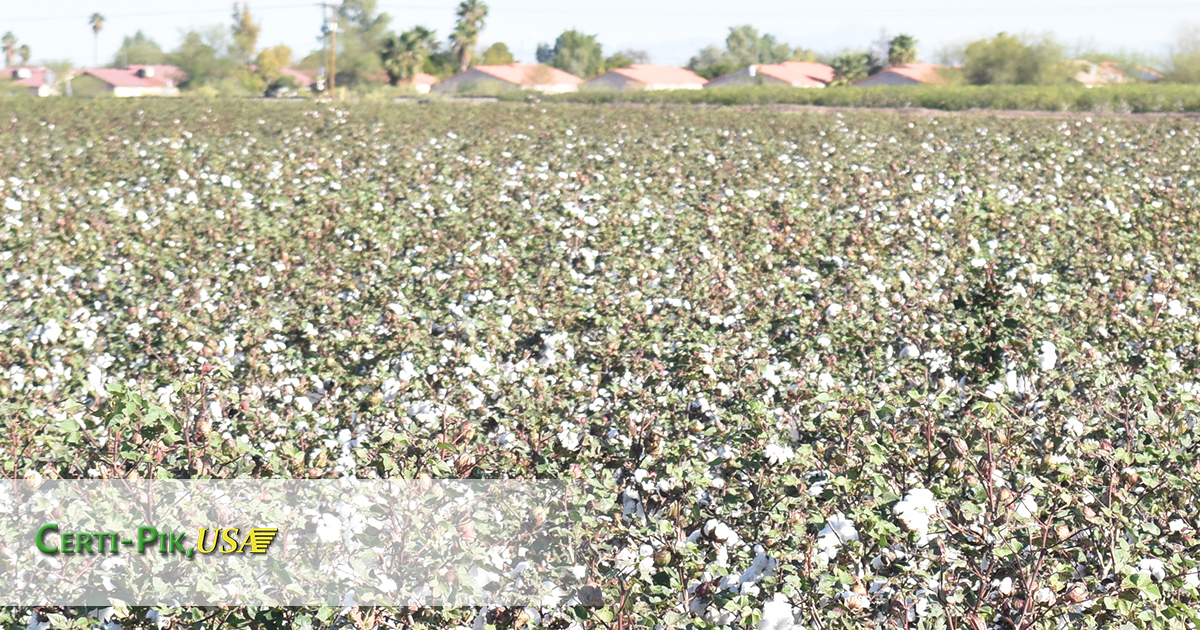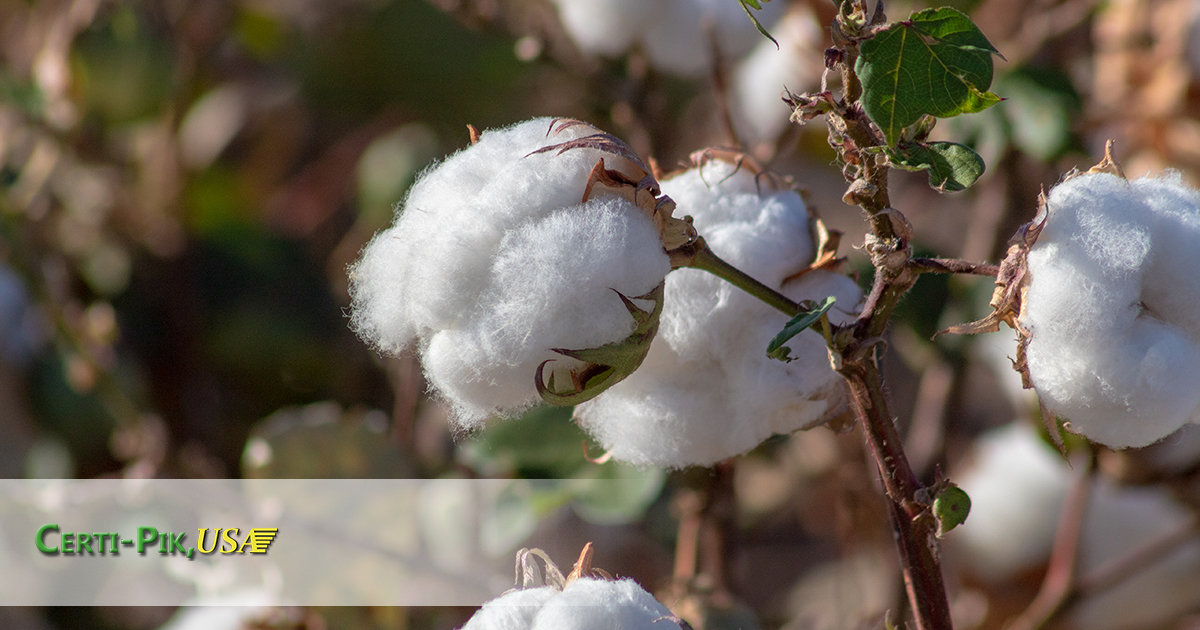If you rely on heavy machinery on a regular basis, then you need to make sure that these machines work. There are countless people who work in the farming and agricultural businesses and depend on their equipment to keep their customers happy, pay their bills, and put food on the table. Sadly, difficulties in meeting
READ MOREAuthor: Certi-Pik, USA
5 Most Common Parts of a Cotton Picker That Need to be Replaced
Harvest is no time for your cotton picker machine to have a mechanical failure. You’ve got deadlines to meet, and obligations to pay with the income. Luckily, you know the very company to call for help. They help with all brands of cotton picker machines. Not only do they stock almost every component in the
READ MOREUsed Cotton Picker Parts vs. New Ones, What’s the Difference?
Cotton pickers save you time and money in the field, provided they function properly. Although farm equipment is made to stand up to hard work, some of the parts may wear out quicker than others. When you’re faced with buying replacements, you can go with new or used. Here’s what to consider when you need
READ MOREWhat is Supima Cotton and Where is it Grown?
Cotton products have figuratively become “woven into the fabric of our lives.” It is used in many personal and household items. It is one of the world’s leading agricultural crops because it is plentiful and can be produced economically, making products relatively inexpensive. Eli Whitney, an American inventor who is credited with inventing the cotton
READ MOREPima Cotton vs Egyptian Cotton, Which is Softest?
There are five main varieties of cotton that are commercially grown. For comparison, just in the United States, there are about 2,500 varieties of apples. Cotton fibers may be similar, but each variety has its own properties. Egyptian material is very soft, while Asiatic material is coarse, used for blankets and other types of cloth.
READ MORE




